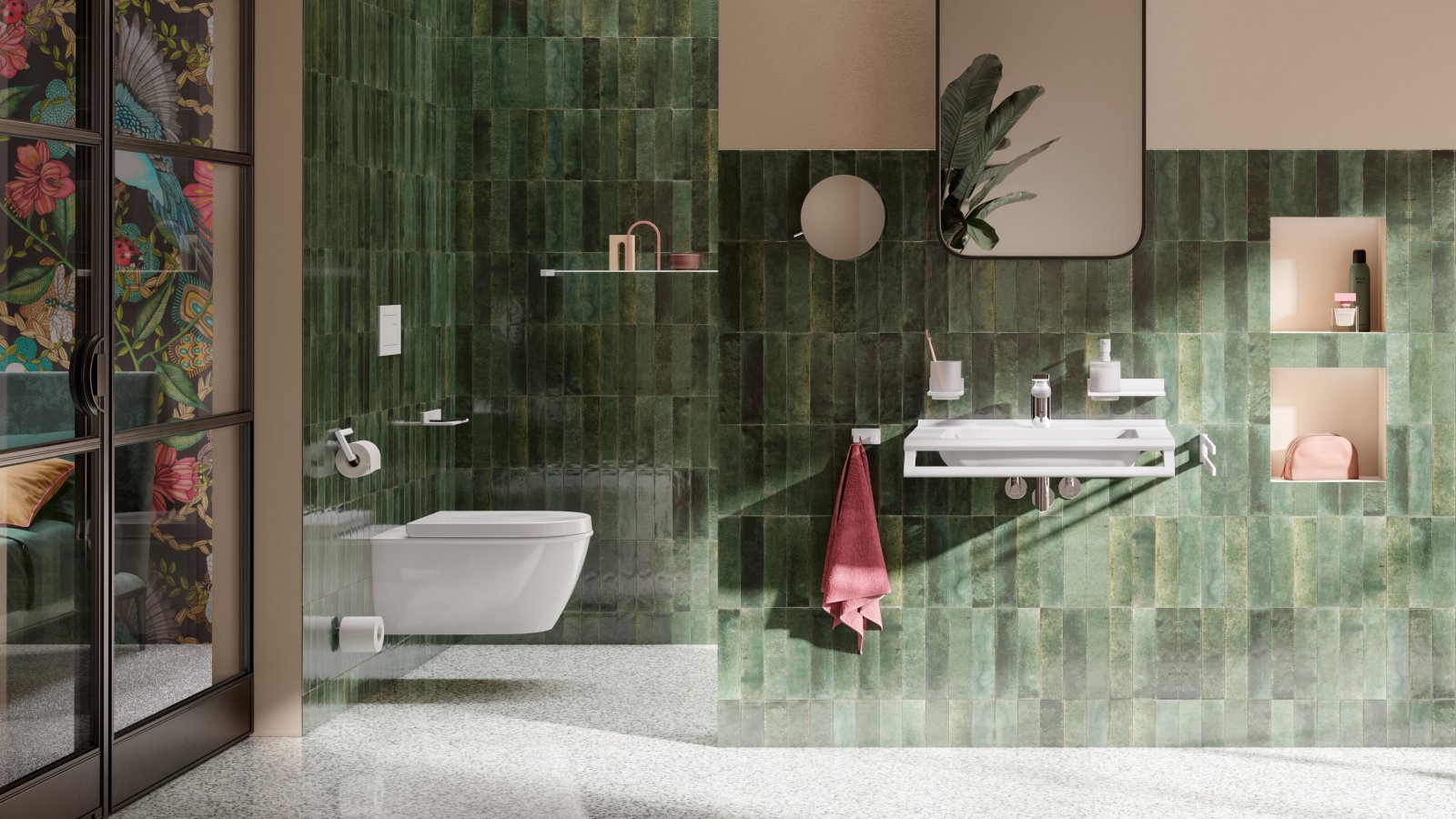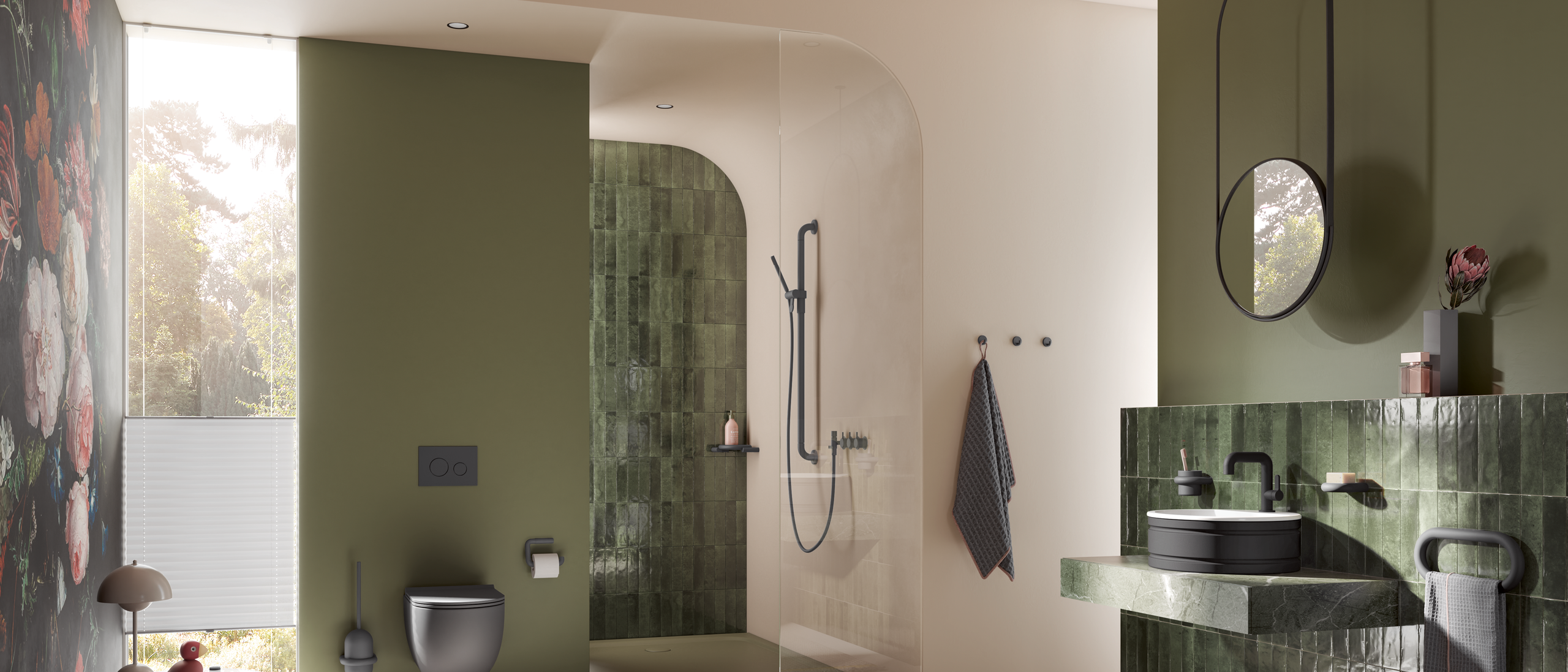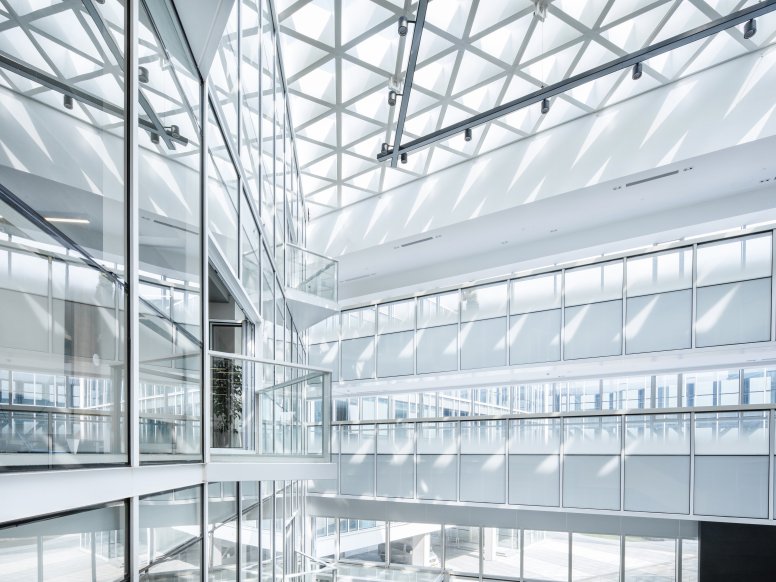HEWI MAG / SANITARY
Redesign your bathroom: Design meets functionality
Redesigning a bathroom is a multi-faceted process that goes far beyond mere aesthetics. The challenge for architects, planners and fabricators often lies in harmonising the various needs of residents with budgets and design requirements. This article shows how redesigning a bathroom improves the quality of living and offers an opportunity to integrate state-of-the-art barrier-free solutions.

Needs-based analysis for customised perfection
The basis of every successful bathroom design is a comprehensive analysis of the needs and habits of bathroom users. Whether family bathrooms, parents' and children's bathrooms or guest bathrooms - the requirements vary considerably. Here are some tips on how you, as planners, architects and fabricators, can tap into individual utilisation requirements:
- Ask the occupants: Direct communication and a survey of future users provide valuable insights into their habits, preferences and challenges.
- Consideration of life phases: From childhood to youth to old age - a well-planned bathroom should be able to adapt flexibly to different needs.
- Evaluation of existing resources: A thorough review of the spatial conditions and structural requirements is essential. This includes not only the physical dimensions of the room, but also the position of windows, doors and supply shafts.
Accessible bathrooms
The issue of accessibility is becoming increasingly important in an ageing society. But accessible bathrooms are not just aimed at the needs of people with limited mobility: They are characterised by their adaptability to different phases of life and are therefore a benefit for all residents. It is therefore worth implementing barrier-free elements at an early stage if you want to redesign a bathroom.
- Future-orientated planning: Barrier-free elements, such as height-adjustable WCs or washbasins with wheelchair access, ensure unrestricted access for all users and adaptability to different phases of life.
- Combining aesthetics and functionality: Accessible design can be aesthetically pleasing. The integration of elements such as level-access showers creates a modern and appealing bathroom.
- Maintaining value and quality of life: Barrier-free bathrooms increase the quality of life and maintain the value of the property, as they can be used regardless of age or physical limitations.
- Universal design as a design principle: The concept of universal design goes beyond mere accessibility. It endeavours to design products and environments in such a way that they can be used by as many people as possible in different life situations. Inclusion and functionality go hand in hand.

Energy efficiency for sustainable bathroom design
At a time when environmental awareness is growing, you can not only increase the comfort of your customers through sustainable design decisions, but also actively contribute to environmental protection. So when designing a new bathroom, opt for energy-efficient solutions.
- LED lighting: Energy-saving LED lighting is durable and offers a wide range of design options. From relaxing warm white to activating cool white, LEDs can be adjusted as required to create different atmospheres.
- Water-saving fittings: Integrate fittings with water-saving technology to reduce water consumption. This is environmentally friendly and reduces the energy costs for heating water.
- Intelligent heating systems: Use modern, programmable heating systems that optimise energy consumption. Underfloor heating systems, for example, can efficiently distribute heat throughout the room.
Budget planning and selection of high-quality products
Your expertise makes all the difference when it comes to redesigning a bathroom - help your customers make their bathroom dreams come true without losing sight of the budget. Here are three ways in which you can support your customers:
- Clear communication: Talk openly about the budget. Set realistic expectations and help identify the most important elements. Clear communication creates trust and enables smooth collaboration.
- Product selection with care: Use your expertise to recommend high-quality products that stay within budget. Consider not only the design, but also durability and functionality. The result is a bathroom that is not only beautiful, but also a pleasure to use for many years to come.
- Efficient use of space: Optimise the available space to get the most out of every budget. Clever layout design and the selection of space-saving yet high-quality products allow you to create a bathroom that is both functional and stylish. For you as an architect, planner or fabricator, HEWI provides the free planning service .
Redesign your bathroom: Future prospects
Digitalisation, hygiene and sustainable growth will play an even more important role in the future. Universal design is becoming the key to qualitative growth and a sustainable living environment.
- Digitalisation and accessibility: Innovative technologies can be used to make rooms, especially bathrooms, barrier-free and easily accessible. Smart solutions make it easier to operate sanitary facilities, for example.
- Hygiene and well-being: Increased hygiene awareness influences bathroom planning. Architects can create a healthy and comfortable bathroom environment by integrating hygienic materials and intelligent room concepts.
- Sustainable growth through design: Universal design goes beyond functionality. It promotes social inclusion and sustainable growth by focussing on durability, energy efficiency and environmentally friendly materials.
The symbiosis of design and functionality in the modern bathroom is no easy task, but one that professionals can master with creativity and expertise. Architects, planners and fabricators play a decisive role in the design of accessible and aesthetic bathrooms that meet the needs of the residents and are also visually appealing and of high quality.

Support with bathroom redesign
For planners and architects, our free planning service offers support with bathroom redesign. We are happy to support you in refurbishing or planning a new, age-appropriate bathroom. Contact us for further information and advice.


